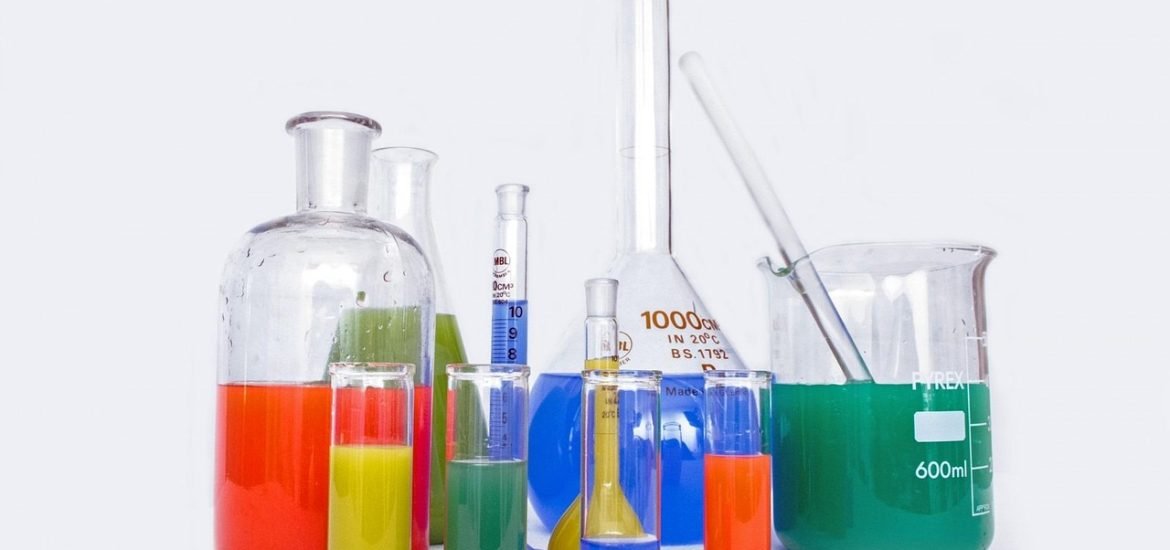
The production and distribution of chemicals has increased so much in the past few years that our regulatory and risk assessment procedures can’t keep up, according to a study published in the Annual Review of Environmental and Resources journal. The authors warn that we need new systems to contain some of the most dangerous chemicals.
A team from ETH Zurich and RPTU Kaiserslautern-Landau showed how some chemicals, such as PFAS and pesticides, are particularly problematic and suggested comprehensive changes to address the associated risks to humans and the environment more effectively.
Today, we use multiple chemicals for various reasons, including pharmaceuticals, pesticides, intermediates in industrial production, chemicals in consumer products, and plastic additives. Some need stricter procedures to avoid environmental problems.
“Pesticides are characterized by very high toxicity. This makes it necessary to conduct a comprehensive assessment of the active ingredients and concentrations that actually remain in the environment. We now know that, for example, many pesticides are found in water bodies at concentrations that exceed the levels considered safe for ecosystems,” explained environmental scientist Ralf Schulz from Landau, one of the authors.
Per- and polyfluoroalkyl substances (PFAS) are generally less toxic, but their extremely long half-lives are problematic, as some of these substances never actually degrade in the environment. As a result, more and more PFAS are present and, over time, accumulate to such an extent that they reach alarming concentrations. Curiously, the introduction of PFAS in the 1950s was intended to replace a more problematic group of chemicals, but we now know that PFAS can cause various health problems in humans. In many cases, their use could be eliminated entirely, or the desired effects of PFAS could be replaced by alternative, less problematic chemicals. “The biggest challenge we face is the increasing number of chemicals and the associated difficulty of adequately assessing their risks,” said Ralf Schulz.
As a solution, the authors propose a transition aimed at reducing the number of chemicals produced to make it easier to regulate and control their potential impact on humans and the environment. Substances that are both persistent and toxic should be restricted as a matter of principle, with exceptions for a few products, such as PFAS in specific medical devices, where there is currently no adequate alternative.
It’s also essential to focus on how to assess chemical pollution, similar to climate change, at a global level and through international organizations.